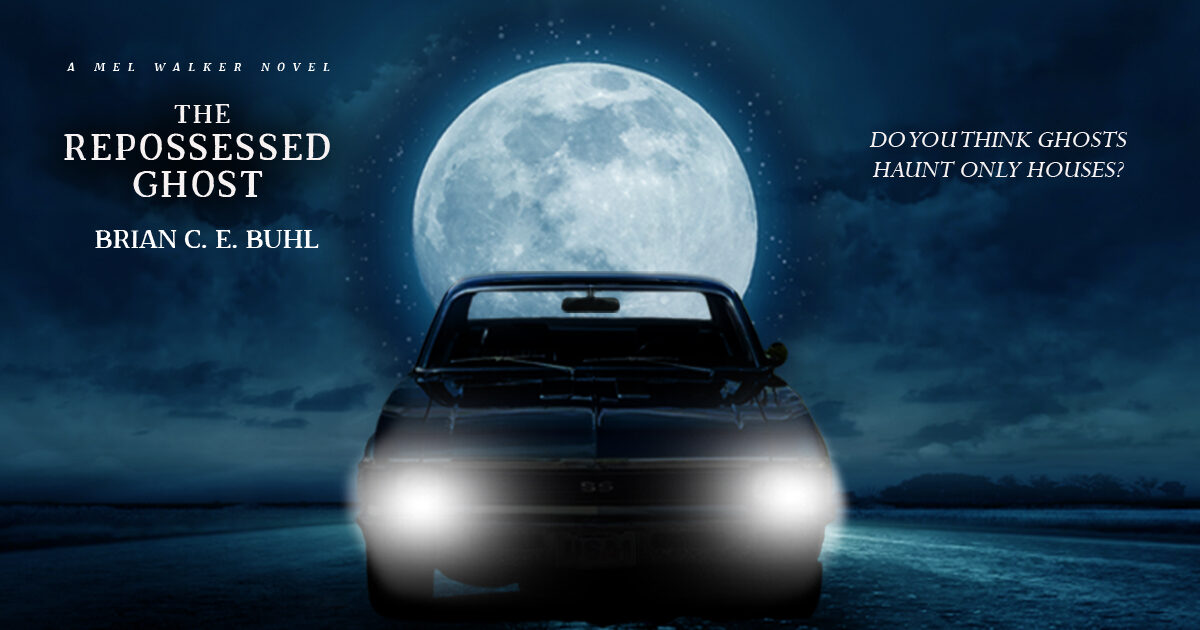Writer Support
With a few exceptions, writing is a single person activity. It’s one person with one writing instrument, conquering the blank page one word at a time. Even cowriters take turns during the drafting period. I don’t believe it’s controversial for me to describe writing as a solitary activity.
Writers can get lonely and feel isolated while writing. Stay too long in the isolation chamber of the writer’s imagination and you go crazy. That’s where good support becomes necessary, and that’s what we’re going to talk about today.
Friends and Community
I imagine at a certain point in a writer’s career, the audience becomes substantial enough that the writer generates their own community of fans celebrating their work. I haven’t reached that point, and realistically speaking, I’m not sure I ever will. As I’m writing this essay, I’m feeling particularly despondent over the prospect of my writing career taking off.
Discouragement is part of the writer experience, and one way to deal with the negative emotions is to become involved with a writing community. Struggling to make the story the best it can be, suffering through setbacks, quailing at the prospect of pitching or submitting queries, wallowing in the mountain of rejections… this is what writers go through, and the writing community is full of people that are both understanding and sympathetic.
I’m recommending you become involved in your writing community, but I’m not telling you to go whine at them. Don’t be a sponge. The best way to engage is to cheer people on in positive ways. They will appreciate your support, and the process of trying to lift someone else up has a tendency to uplift the lifter.
Once you’re a positive part of an active writing community, your friends and acquaintances will support you, and you’ll find strength to persevere. This isn’t a quid pro quo situation where they’ll only help you if you help them. Supporting and being supported by your writing community is about strength in numbers.
When you engage with your writing community, be honest with them and with yourself. If the support is only one way, either way, the relationship isn’t going to work out.
Family
I am extremely fortunate in that my whole family supports my writing life. My wife comes with me to conventions. My daughter joins me for Nanowrimo sometimes. My son isn’t interested in the writing so much, but he offers vocal support and sometimes even brings me a coffee when I’m head down in a project.
Not everyone is as fortunate as I am. If you and your spouse are at odds over your writing career, it is important to find compromise, otherwise you’re going to lose one or the other. Compromise can mean scheduled time, where the writer gets to write uninhibited certain hours of the week, and the spouse gets to work on activities during that time that make them happy.
If you have a spouse that is vexed by your writing career, work with your spouse to determine the specific aspect of the activity that is giving them a problem. Is it a time management issue, where your spouse is feeling neglected? Is it monetary, where they feel like you’re spending too much money on writing related activities? If you can pin down where the friction is happening, it will help you find the best places to compromise.
Personal Care
External support is great, but the writer must take care of themselves. This means making good decisions around diet, exercise, and sleep.
A healthy writer outperforms an unhealthy writer. They have more energy and stamina. Their mind focuses more clearly and they have a greater ability to find the words when they reach for them. The stereotype of an artist suffering for their work is an over-exaggeration at best, a straight up lie at worst.
You don’t need to drink alcohol to write. If you’ve convinced yourself that you need to drink to produce great art, you have been deceived and you have a problem. It’s fine to have a drink every now and then to help relax into the work, but please make healthy choices.
The world is full of distractions and noise, but we still have to live in it. When the distractions get to be too much, turn them off. If the noise drowns out the words you’re trying to form in your head, seek a different venue.
Personally, I get bogged down on Twitter and reading the news. It’s difficult, but sometimes I just have to turn it all off so I can listen to the voices in my head, which are quietly and desperately trying to talk to me about my story. Unless I get away from the distractions, I can’t hear it clearly, which adds an additional distraction of feeling guilty and unfulfilled.
Parting Thoughts
Live your life. Go for walks, talk to your family, eat nice food, and make healthy choices. Engage with your friends, share your interests, and don’t be afraid to be excited about the story you want to finish writing.
Then write.
It’s okay to feel lonely or discouraged from time to time as a writer. In this moment, as I’m typing these words, I’m feeling both. But I know that I have people that love and support me, and I know that this funk is temporary. I’m working on a great story, and if I keep making good choices, my great stories may some day be available to other people.
